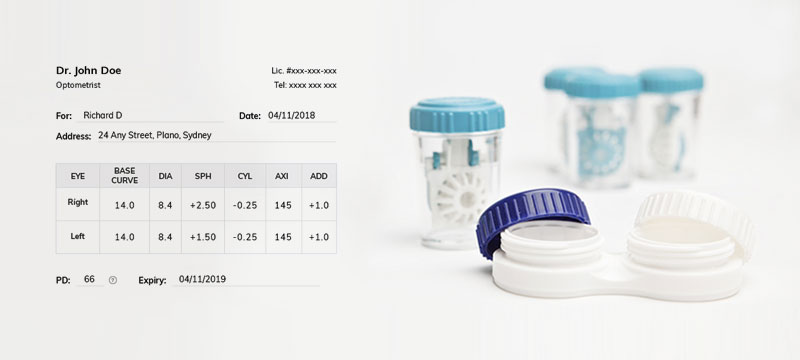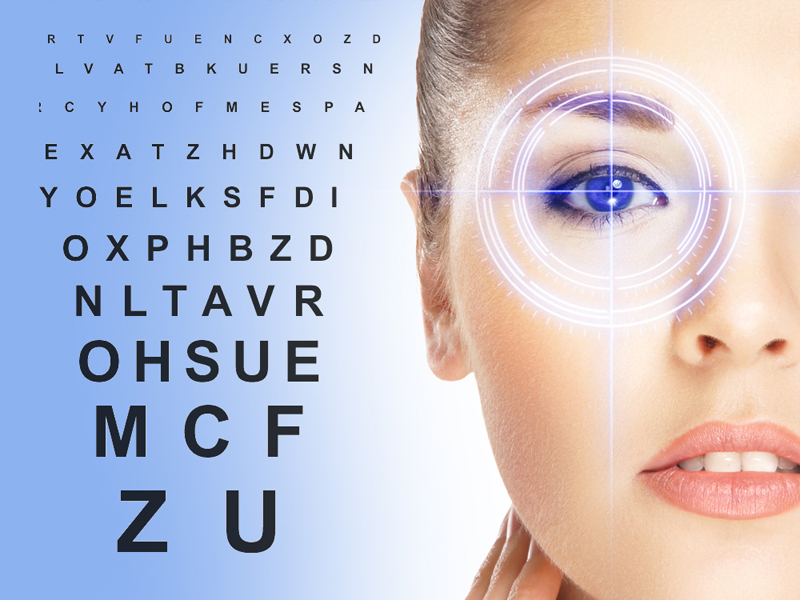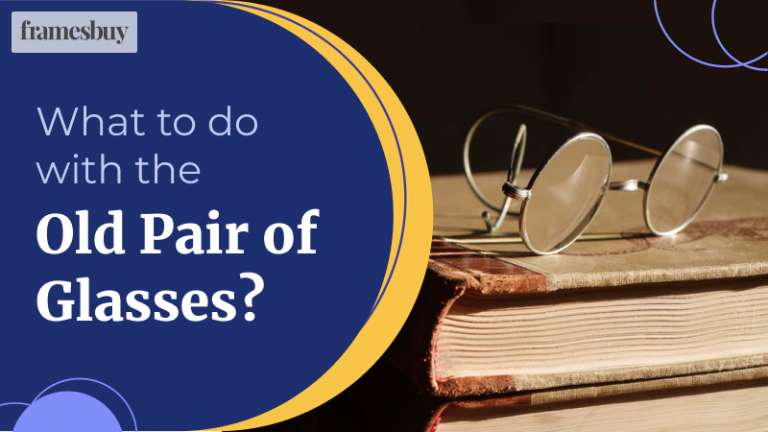Contact lenses no longer serve as just a fashion accessory. More than half of the world population wear contact lenses and millions out there wear for vision correction purpose. However, you cannot just pick any contacts and expect to see clearly. There is no such thing as one size fits all in contact lenses.
Not following instructions about contact lens care and wrong contact lens prescription often lead to serious eye infections.
Just like glasses have prescription, even contact lenses have prescription. In countries like the US, you can get into legal trouble if you buy lenses without prescription (yes, probably even for fashion purpose). It’s actually fair enough, as improper contact lenses can permanently damage your eye tissue and make vision condition worse.


Buying good quality contact lenses as per prescription ensure you with safe, comfortable and optimum vision. So if you are considering to switch to contacts, go for it. You’ll love the transition. Be ready with the prescription to bring the change. Wait, if you think you can use your glasses prescription for contact lenses, then it’s the biggest mistake you can ever do. Yes, prescription glasses and contact lenses prescription are different even for the same vision condition. The general parameters are common for prescription glasses and contact lenses. But since contact directly fits on your cornea, unlike glasses which are at a distant, the prescription varies.
So if you are switching to contacts, visit an eye doctor for an eye checkup and get the prescription for contact lenses. Once you are ready with the prescription, it’s time to understand it. The several codes and figures on the prescription may seem like Greek to you but believe it’s really very simple to crack the code. You don’t have to master it as a doctor, you simply need to understand it to avoid medical error.
Understanding each abbreviation and figure on your prescription:
In addition to SPH, CYL, AXIS, ADD, PD contact lens prescription includes Base Curve (BC) and Diameter (DIA) which ensures the lens fits properly on the cornea.

Base Curve (BC) – It is prescribed to ensure the lenses fit perfectly and comfortably on the cornea. The measurement is determined to match the curvature of the cornea. The measurement is generally in millimeters and sometimes it can also be in words like flat, steep, median.
Diameter (DIA) – It is the width of the lens from one end to another. This measurement is important to make sure the lens best fits your eye. Diameter is also calculated in millimeters.
Sphere (SPH) – The figure in this section indicates the power of the lenses. It indicates whether you are nearsighted or farsighted. The figure with + (addition) sign indicates that you are farsighted (hyperopia) and the number beginning with – (minus) sign indicates that you are nearsighted (myopia). Sometimes Sphere is also determined as Power (PWR) or Dioptre (D) on prescription. The measurement is in dioptres.
Cylinder (CYL) – Cylinder is indicated when a person requires lens for astigmatism. The figure is always preceded with a – (minus) sign showing the amount of astigmatism. Toric lenses are recommended for correcting astigmatism.
Axis (AXI) – It is expressed in degree and always ranges between 1 – 180. Even Axis is required for astigmatism contact lenses. It indicates the angle of correction that is necessary to view clearly.
Addition (ADD) – If a person suffers from presbyopia, ADD figure determines the number to see clearly at reading distance. It’s a positive number ranging between 0.50 – 3.00.
Pupillary Distance (PD) – It is the distance between the centre of one pupil to the centre of other Pupil. Visit Measure your pupillary distance to know more.
Does contact lens prescription expire?
Just like any medical product prescriptions, even contact lenses prescription expires.
FDA considers contact lenses as a medical device. Hence, in 2004 a law was passed that set contact lens prescriptions expire date at one year or the minimum required by state law, whichever is greater.
– Food and Drug Administration (US)
Are contact lenses uncomfortable?
No, not really. In fact, after a brief period, your eyes get used to contacts and you won’t even notice you are wearing them.
The law says without valid contact lens prescription, you cannot buy contact lenses from store, online or by mail.
Ill-fitting contact lenses cause discomfort or eye infection and to the worse case can even damage your eyes permanently. So it is always wise to buy contact lenses as per prescription and enjoy clear and optimum vision.







